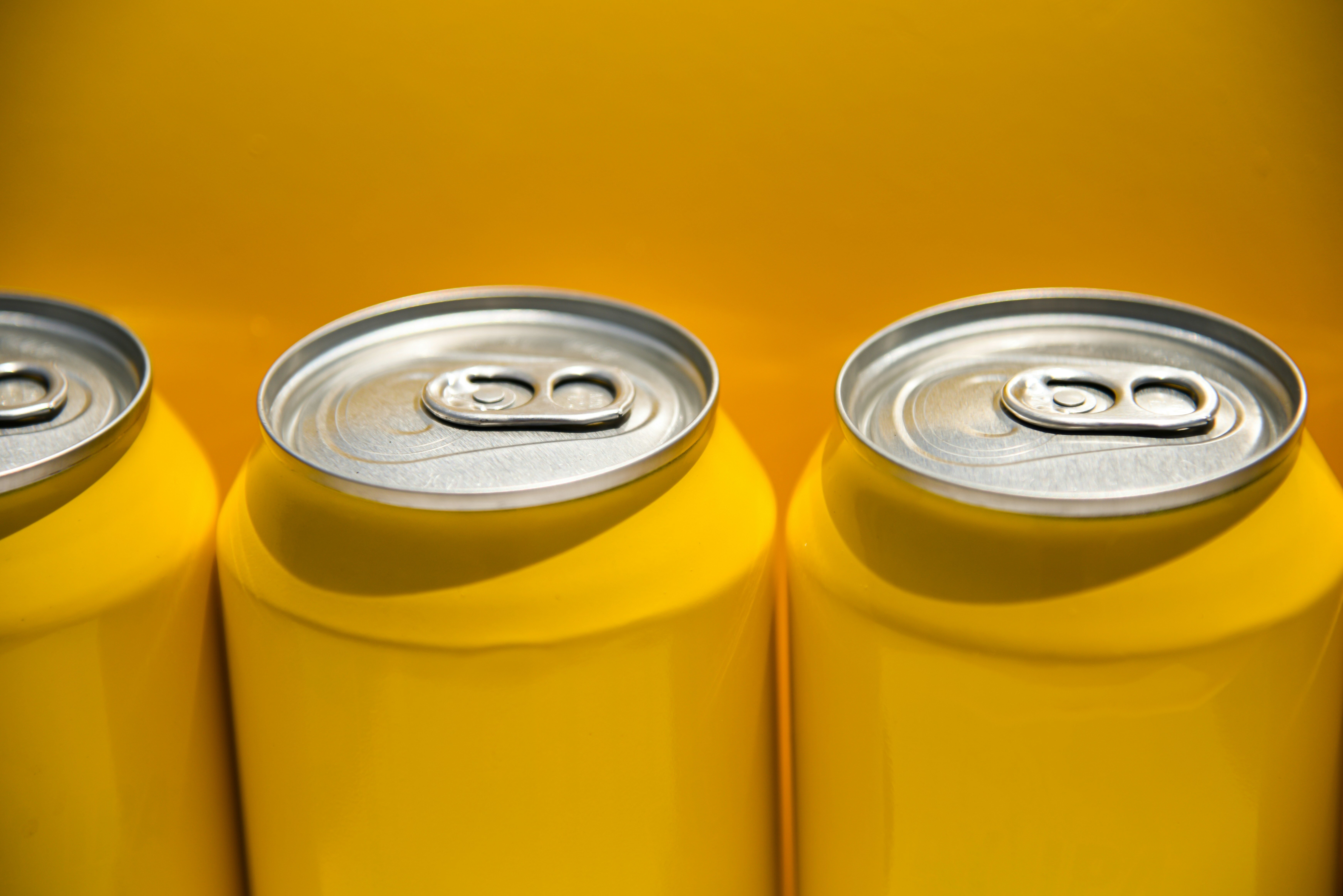Are Digitally Printed Aluminum Cans or Blank Cans The Way To Go?
In the brewing world, the decision between using blank or printed cans is more than just a packaging choice; it's a strategic business decision. This article delves into the pros and cons of both, helping breweries weigh their options for optimal branding, cost-efficiency, and environmental impact.
When it comes to packaging beer, the decision between printed and blank cans is a significant one. Each option has its own set of advantages and challenges, impacting not just the visual appeal of the product, but also its cost, marketing potential, and environmental footprint. Let’s break down the key aspects of this can conundrum.
How Does The Way Your Cans Look Play into Branding?
Printed Cans
Digital print cans offer vibrant, full colour designs that can cover the entire can, providing a large canvas for branding and creative expression. They are excellent for establishing brand identity and standing out on shelves. However, the complexity of designs can be limited by printing technology and costs.
There's a perception of higher quality associated with printed cans, perhaps due to their traditional use by larger, established businesses. This can influence consumer buying decisions, especially in competitive retail environments.
Blank Cans with Labels
Blank cans provide flexibility in design. Labels can be printed separately and applied to cans, allowing for more intricate and frequently changing designs. This adaptability is especially advantageous for small brewpubs or limited-edition runs. The downside is that labels can peel or get damaged, potentially diminishing the aesthetic appeal.
While labeling your own cans offers flexibility, your product could be perceived as less premium compared to printed cans. However, this perception is changing, especially within the craft beer community, where creativity and small-batch brewing are celebrated.
Supply Chain & Cost Considerations
Supplier Minimum Order Quantities & Lengthy Lead Times
The initial setup cost can make printed cans an expensive option due to the need for specific printing plates for each design. This makes them cost-effective primarily for large runs. For a smaller craft brewery, the need to purchase cans in bulk could be a barrier.
Changing designs on printed cans can be a lengthy process, involving new plates and a longer lead time. This makes them less adaptable to quick market changes or small-scale experimental batches.
Digitally printed cans require more storage space and pallets, as each design variation needs to be stored separately. This can be a challenge for businesses with limited storage capacity or a wide range of products.
Aluminum Cans with Labels Offer Flexibility
Standard cans generally have lower minimum order quantities and the labels can be printed in smaller batches. This reduces upfront costs and is more suitable for small-scale operations or seasonal brews. However, the cost of printing and applying labels adds up, especially for high volumes.
The use of labels offers significant flexibility. New designs can be quickly printed and applied, allowing breweries to respond rapidly to market trends, release limited editions, or even customize cans for specific events.
Unprinted cans and sticker labels are more storage-efficient. The same cans can be used for multiple brews, with only the labels needing to be stored and changed as required. This versatility is particularly beneficial for breweries with diverse and rotating beverage brands.
The Environmental Impact of the Cans You Use
Inks, Solvents, and Plates
Printed cans typically use fewer materials as they eliminate the need for a separate label. However, depending on the printing methods used, the inks and solvents used in the printing process can have environmental implications, and changing designs requires creating new plates, which adds to waste.
Are Your Labels Recyclable?
The use of labels means additional materials, and depending on the type of label and adhesive used, it can affect the recyclability of the can. However, labels allow for more frequent design changes without the need for new cans, which can reduce waste in some scenarios.
In conclusion, deciding which packaging solution best fits your needs involves a complex balance of branding, cost, flexibility, and environmental considerations. For large-scale breweries with established brands and high volume requirements, printed cans offer a cost-effective, efficient solution. For smaller or more experimental breweries, the versatility and lower upfront costs of blank cans with labels might be more appealing. Ultimately, the decision should align with your business's operational needs, market strategy, and brand identity.


